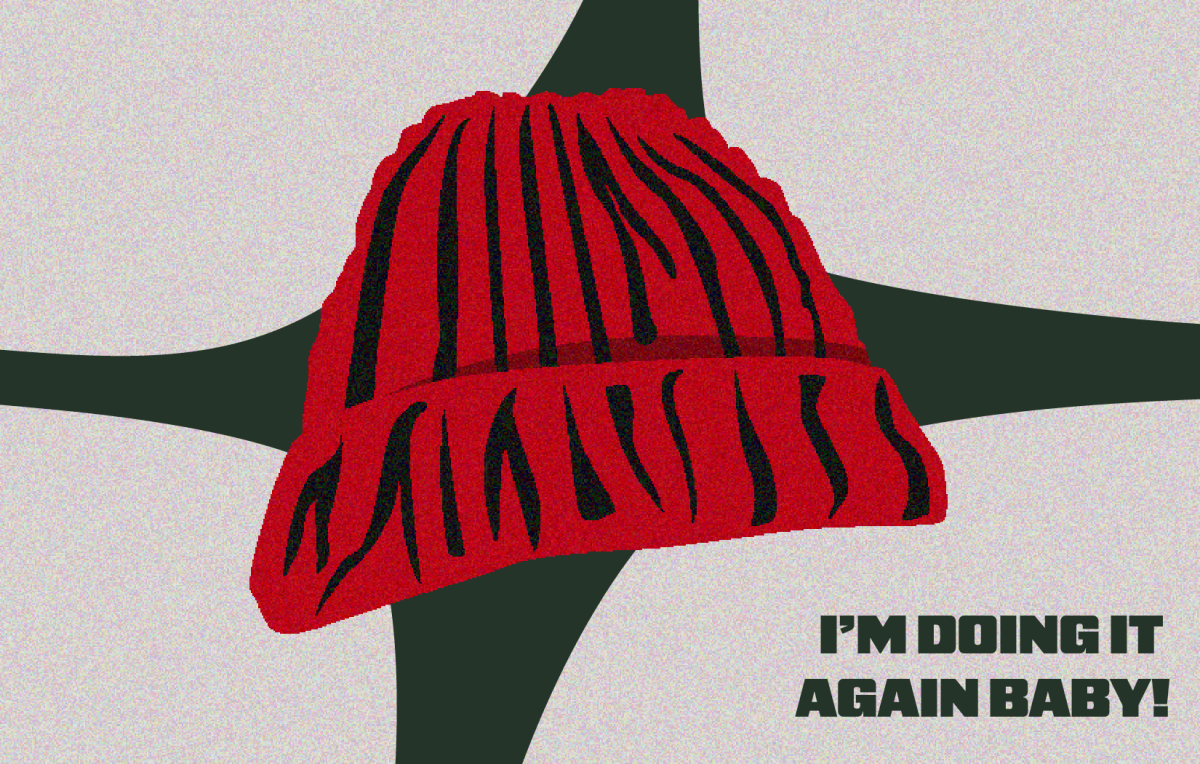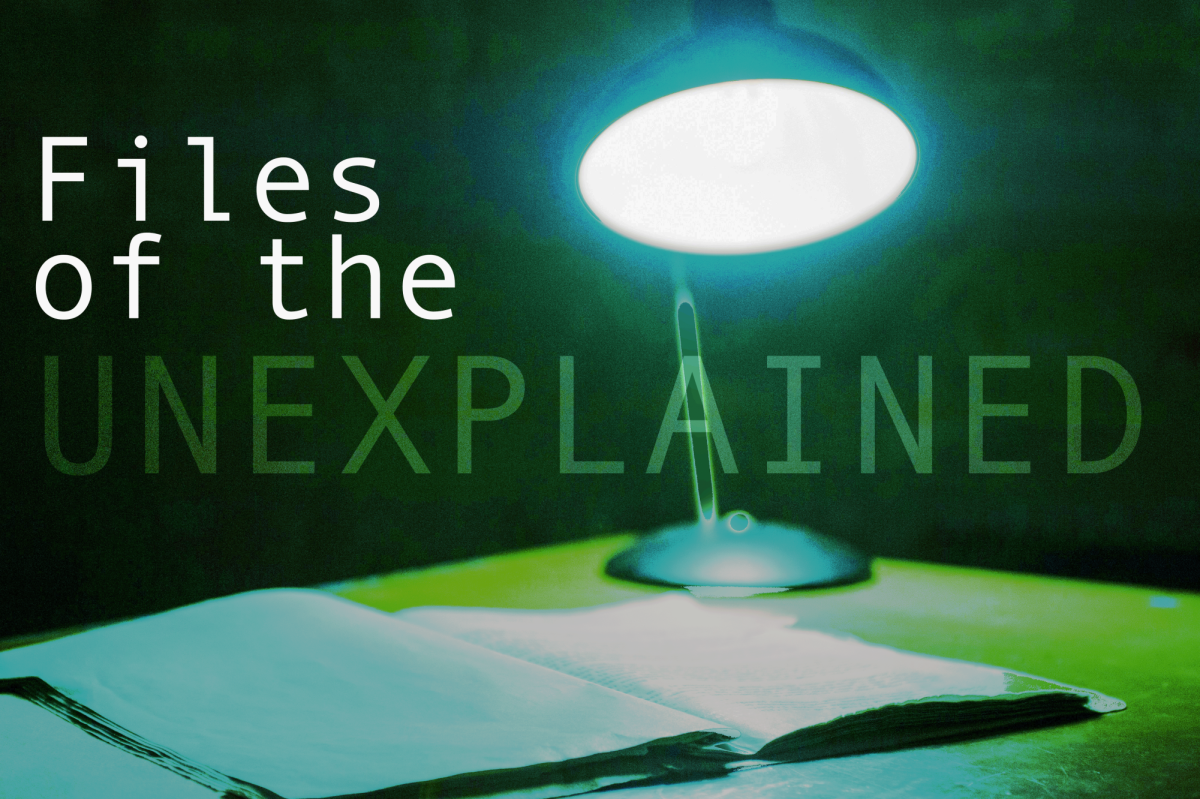Lifting the ban on federal funding for embryonic stem cell research might improve millions of lives, but first it’s going to rejuvenate the U’s human genetics department.
The department receives virtually no funding on the state level. Federal grants, primarily those of the National Institutes of Health, provide the majority of the department’s funding, and have declined 30 percent every year for the past eight years. The rest is filled in by private donations or contributions from foundations and fundraisers, such as the March of Dimes, which have shrunk by as much as 15 percent in the past few years as donors respond to a disastrous economic situation.
“It’s been very difficult to get funding,” said Sandra Hasstedt, a researcher of inherited diseases at the U whose last approved grant was about four years ago.
The federal stimulus package changed that by infusing about $500 million into health science research through NIH for the next two years. It’s money that can potentially trickle down to the U through federal grants and8212;now that the ban is lifted8212;can be used to purchase embryonic stem cells created after Aug. 9, 2001. In theory, the sky’s the limit for the U’s funding and research possibilities.
However, the U’s potential to gain from President Barack Obama’s policy change relies heavily on the strength of its scientists’ ambitions. Receiving federal funding, typically through grants, is no guarantee. Scientists throughout the country have to compete for the grants. The stronger and more promising the research, the greater chance the federal government will risk investing in it, said Deborah Peterson, the department’s director for relations and fundraising.
The problem, not only for the U but other research universities also, is that momentum on the scientists’ projects has been dashed as federal funding dried up. The government ideally approves one out of every four of the U’s grant proposals, said Linda Kelley, director of the U’s bone marrow stem cell lab. The U’s success rate fell to one out of 10 before Obama took office.
The mission now is to regain enough lost ground in stem cell research to boost NIH’s confidence and loosen its purse strings, Peterson said.
Mario Capecchi gives the U a solid start. The Nobel Prize-winning genetic researcher’s presence greatly increases the likelihood that the U will receive large and numerous grants, Peterson said.
A lot of genetic researchers at the U have a renewed faith in applying for funding and exploring their ambitions, Kelley said. She’s excited about resubmitting her own grant request on April 27. NIH will give special attention to good proposals that fell by the wayside because of the Bush administration’s poor funding, she said.
The U’s proposals for stem cell research grants will be reviewed for approval this summer. The potential grants are on top of the Utah Science Technology and Research Initiative’s promise to give the U’s stem cell research programs $5 million each year for at least the next five years. Gov. Jon Huntsman Jr. also donated a $125,000 stem cell research grant last year.
“It’s a great time to be a scientist,” Kelley said. With all of the additional funding set to flow into the human genetics
department and Cappechi’s boost to the school’s reputation, the U is poised to hire new genetic researchers in the next few years to increase the already building momentum, she said.
Administrators aren’t particularly worried about losing much in the way of their diminished private donations, even though the pressure to fill the funding gap is lowered by the opening of federal floodgates, said Kim Wirthlin, vice president for government relations. Although the economy has lessened the amount of funding each donor can give, they remain dedicated to the causes, she said.
Neither are they concerned about donors withdrawing their generosity out of moral objection to what the U’s scientists are up to in their labs, she said.
“Once people understand how vital the work is, there isn’t fear,” Peterson said.
















